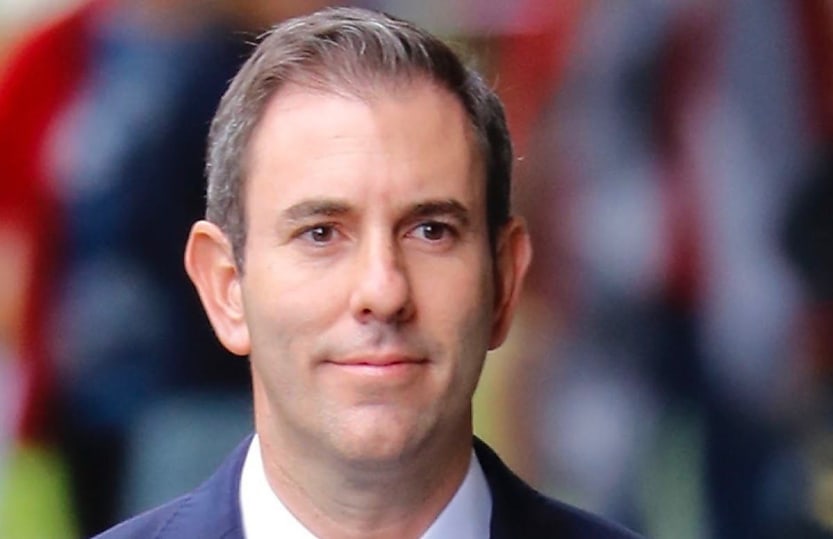‘Nuisance’ tariff cuts to streamline $8.5 billion in annual trade

Businesses and families will benefit from cuts to 500 tariff lines, deepening Australia’s recent tradition of unilateral trade liberalisation.
In the most significant unilateral tariff reform in two decades, the Government will be slashing duties on 500 “nuisance” tariff lines.
Treasury estimated the reforms – which will come into effect on 1 July – will ease cost-of-living costs for businesses and families to the tune of $120 million over four years.
Businesses will save over $30 million in compliance costs per year, said Treasurer Jim Chalmers, adding the tariffs will “streamline” over $8.5 billion worth of annual trade.
From pharmaceuticals to cotton, footwear, toothbrushes and musical instruments, a range of imported goods that often arrive under concessional rates will become easier to import.
The reform aims to slash away at excessive red-tape in a patchwork system that requires importers to justify their use of tariff concessions.
Treasury said the tariffs on targeted imports “do nothing to protect Australian businesses” since they often arrive under a concessional rate.
The Productivity Commission defined “nuisance” tariffs as those that raise minimal revenue for the Government, have little benefits for Australian producers, and impose compliance costs on businesses.
Given most affected imports are duty-free, the potential consequences for Australian producers in cutting the tariffs will be minimal, said Treasury.
“This means that businesses spend time and money proving their imports are eligible for existing tariff preferences and concessions,” it added.
Menstrual and sanitary items will also be affected by the changes which the Government said will “align” with GST cuts on these goods.
In 2022, the Productivity Commission reported that compliance and administrative costs related to proving preferential tariff agreements and concessions are “wholly or at least in part passed on to consumers.”
In 2019-2020, businesses spent somewhere between $700 million and $2.2 billion on these compliance costs, said the report. In the same financial year, the Government raised only $1.5 billion in general tariffs – falling $700 million shy of the upper estimate of compliance expenses.
In 2022-23, the general tariff raised only $1 billion, contributing less than one per cent of overall Government revenue.
Unilateral trade liberalisation has been an ongoing process since at least the 1970s, with a partial exception of recession-era tariff increases in 1975.
According to DFAT, the average (import-weighted) tariff rate applied in Australia fell from above seven per cent in 1986 to below one per cent while individual tariffs have fallen from a maximum of around 90 per cent to five per cent.
In 2016, by value, 79 per cent of all imports to Australia attracted no tariff.
“This is meaningful economic reform that will deliver meaningful benefits to businesses of all sizes around Australia,” said Treasurer Jim Chalmers.
“These tariff reform will be better for businesses, better for consumers, and better for the economy.”
About the author

